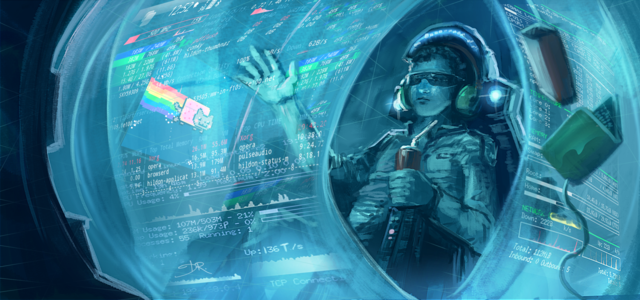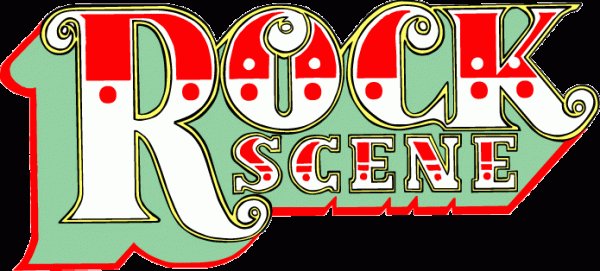The robots, as we all know, are coming for our jobs. We might regard that particular anxiety as distinctive of the digital age, but the idea of machines that perform what we’ve long considered specifically human tasks has a long history — as does the reality of those machines. The BBC video above offers a look at “The Writer,” which the New York Times’ Sonia Kolesnikov-Jessop describes as an “early humanoid robot of carved wood” who, “seated at a small mahogany table, could write on paper using a goosefeather quill.” The date of this impressive curiosity’s creation? The decidedly pre-digital year of 1768. The Writer has at his core a system of intricate clockwork, and so it stands to reason that its inventor Pierre Jaquet-Droz spent his career as a Swiss watchmaker.
“In the following years, working with the help of his son, Henri-Louis Jaquet-Droz, and his fellow clockmaker Jean-Frédéric Leschot,” writes Kolesnikov-Jessop, “he also created The Musician, a mechanical young woman who could play five tunes on an organ, and The Draughtsman, a ‘child’ able to draw four separate images including that of a dog and a portrait of a man.”
But The Writer, with its ability to dip its quill in ink, its moving eyes, and the wheel that makes it “programmable” to write any short message, remains both Jaquet-Droz’s most intricate and most important mechanical achievement. You can see more pieces of his work, automatons and otherwise, put into context in the short film just above, a production of the Jaquet Droz luxury watch brand still in existence today.
Upon hearing word of such “automatons,” other inventors followed suit. Artificial writing remained a goal: more than forty years after The Writer, for instance, Henri Maillardet built one capable of “hand”-reproducing four drawings and three poems stored in its “brass memory.” But other automaton-builders had chosen to widen the field of mechanical capabilities: in 1784, the famed German cabinetmaker David Roentgen presented to King Louis XVI a dulcimer-playing automaton modeled after Queen Marie Antoinette. While the Queen thrilled to musical performances from her own miniature likeness, automata made another kind of progress on the other side of the world in Japan, a land that had almost no contact with the West until the mid-18th century but whose traditions of craft stretch even deeper into history than Europe’s.
You can witness in the video just above an unboxing, operation, and internal examination of the best-known such Japanese karakuri, a spring-powered archer that can load arrows into its bow and fire away. Its creator Tanaka Hisashige, also known as “the Thomas Edison of Japan,” built a fair few of these clockwork amusements that still impress today, but also many more useful things, including a pneumatic fire pump, a universal clock, and the first Japanese steam locomotive and warship. His company Tanaka Engineering Works, founded in 1875, would later evolve into the electronics firm called Toshiba — developers of Aiko Chihira, who in 2015 became the world’s first robotic department-store employee. Retail is one thing, but will her even more advanced descendants find it in themselves to pick up the quill, the dulcimer hammers, or the bow and arrow?
Related Content:
MIT Creates Amazing Self-Folding Origami Robots & Leaping Cheetah Robots
Isaac Asimov Explains His Three Laws of Robots
New Jorge Luis Borges-Inspired Project Will Test Whether Robots Can Appreciate Poetry
Autonomous Flying Robots Play the Theme From the James Bond Movies
Based in Seoul, Colin Marshall writes and broadcasts on cities and culture. He’s at work on a book about Los Angeles, A Los Angeles Primer, the video series The City in Cinema, the crowdfunded journalism project Where Is the City of the Future?, and the Los Angeles Review of Books’ Korea Blog. Follow him on Twitter at @colinmarshall or on Facebook.



